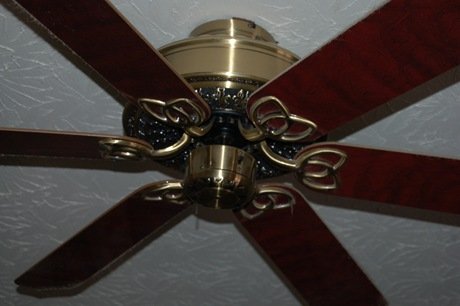Orchidflower
Thinks s/he gets paid by the post
- Joined
- Mar 10, 2007
- Messages
- 3,323
Since I was grousing about my electric bill for August, a friend said that she never turns on her ceiling fans if she isn't using that specific room and always turns them off totally if she isn't home. As I understand it, ceiling fans are really cheap to run, but I'd love to hear others input on if it's worth it to leave your ceiling fans on 24/7 in all your rooms--ones you use and ones you don't.


